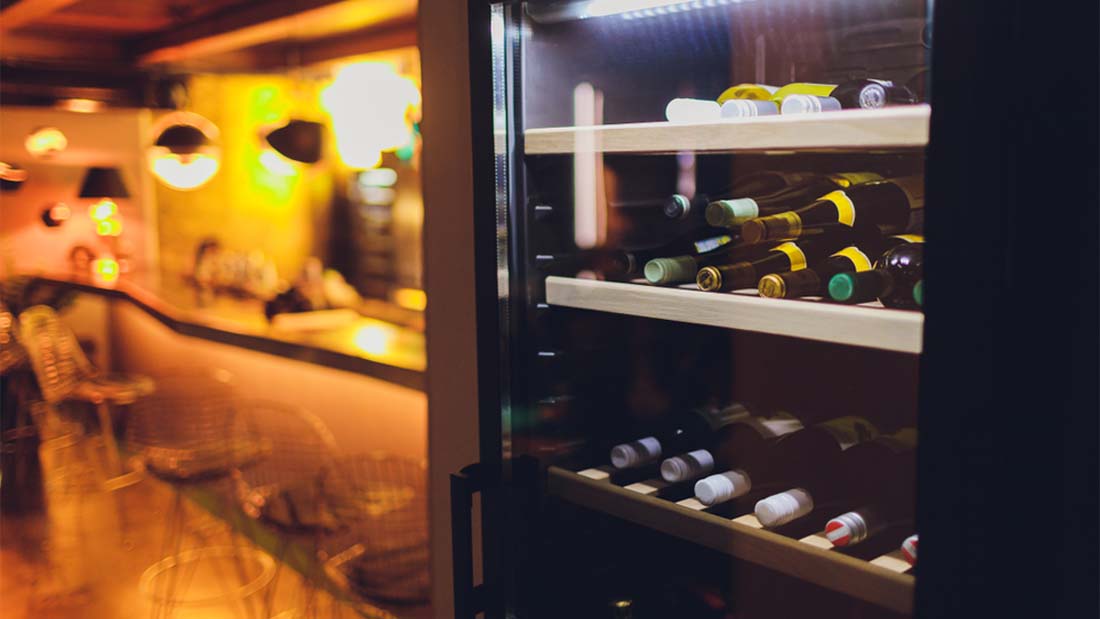
08 Apr What Is The Optimal Time For Cellaring Red Wine?
There is a widespread fallacy that wine grows better with time or improves after a lengthy maturing procedure. It turns out that’s misleading information. Aging influences wine but doesn’t definitively improve or damage it.
How Do Red Wines Alter With Age?
With time, the glucose, acids, and tannins contained in the red wine affect its flavour with a shift in aroma, colour, and texture. The resultant wine may taste appealing to the palate, but excessive cellaring may dilute the flavour of a wine. When it comes to red wine, some varieties may be savoured better when they are fresh, while others reveal increased taste through ageing.
What Influences Wine Aging?
Wine aging is impacted by several elements such as the grape variety, viticulture techniques, harvest time, vintage, wine country, producing style, bottling and cellaring. Every wine harvest is distinct from its preceding one. Depending on how wines are cellared affects their final flavour. This implies cellaring is highly crucial for wine and must be given careful thought.
How Long Should You Cellar Red Wine?
As mentioned before, red wine aging depends on numerous factors. To understand the red wine cellaring potential, you first need to evaluate the varietal. Here is some information that can help:
- Varieties like Dolcetto, Zweigelt and Gamay have a 1–3 year cellaring potential
- Most Pinot Noir – Merlot, Barbera, and Zinfandel have a 3–5 year cellaring potential
- Sangiovese-based wines Grenache, Shiraz, Malbec, Tempranillo, and most Cabernet Franc wine varieties show a 5–10 year a cellaring potential
- Cabernet Sauvignon, Nebbiolo, Tannat are some varieties you can age between 10 and 20 years or more
Numerous additional variables, such as temperature and wine location, significantly affect deciding the ultimate result. It’s critical to consider all elements when establishing a wine’s cellaring potential and how to work around it.
The Temperature Factor
Wine is unmatched in its sensitivity to temperature fluctuations. The wines we consume today result from thousands upon thousands of years of trial and error.
Generations of experts have spent their lives gently turning the oenological screw in search of the precise chemical ratios and interactions that create desirable tastes, smells, and colours.
You should avoid excessive movement of the wine and allow it to set to avoid bottle shock. Wine is an incredibly complicated and delicate product.
Almost unanimously, wine specialists believe that the temperature at which wine is stored and the temperature at which wine is served are two distinct concepts. The temperature at which red and white wines are served varies. Additionally, the serving temperature for various whites and reds varies.
Fortunately, wine storage temperature is straightforward. Additionally, other furniture for wine storage, like refrigerated wine storage cabinets, makes it even easier. 12°C is the best temperature for storing red wine.
This is not a hard and fast rule since 1–2 degrees lower or higher is still an acceptable temperature for red wine storage as long as you maintain a steady temperature. Keeping wine at the correct temperature promotes the appropriate chemical reactions. When temperatures are too low or high, molecules start to slow down, degrade, or otherwise alter and fail. That is why wine storage temperature is critical.
Temperature For Long-Term Red Wine Storage
If you intend to store red wines for years/ decades, you need to store them at a stable temperature between 11°C and 13°F. Any temperature higher than 12°C runs the risk of aging reds too quickly, while temperatures below 11°C might hamper the proper wine flavour development.
These steps are relevant and vital to preserving your wine’s profile and life. There is a significant amount of wine varietal-specific information accessible online and in wine collection publications. You must invest in a suitable wine tracker, so you do not lose track of your precious red wine collection.
For details about custom wine cellar design and installation services, call Signature Cellars on 1300 570 636. Our experts are here to help you develop the ideal custom wine cellar for your requirements. They will help with all aspects, including racking system plans, cellar layout, material selection and more. While designing your custom wine cellar, keep all these factors in view to give your wine the perfect indoor environment.
Thanks for reading,
Signature Cellars
1300 570 636




No Comments